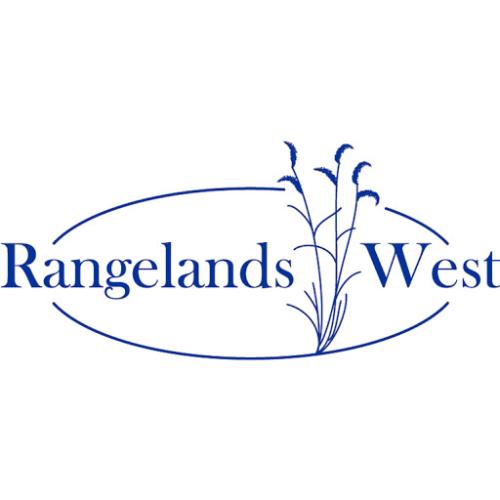The wildland–urban interface (WUI) is the area where houses meet or intermingle with undeveloped wildland vegetation. The WUI is thus a focal area for human– environment conflicts, such as the destruction of homes by wildfires, habitat fragmentation, introduction of exotic species, and biodiversity decline. Our goal was to conduct a spatially detailed assessment of the WUI across the United States to provide a framework for scientific inquiries into housing growth effects on the environment and to inform both national policymakers and local land managers about the WUI and associated issues. The WUI in the conterminous United States covers 719 156 km2 (9% of land area) and contains 44.8 million housing units (39% of all houses). WUI areas are particularly widespread in the eastern United States, reaching a maximum of 72% of land area in Connecticut. California has the highest number of WUI housing units (5.1 million). The extent of the WUI highlights the need for ecological principles in land-use planning as well as sprawl-limiting policies to adequately address both wildfire threats and conservation problems.

Articles, citations, reports, websites, and multimedia resources focused on rangeland ecology, management, restoration, and other issues on American rangelands.